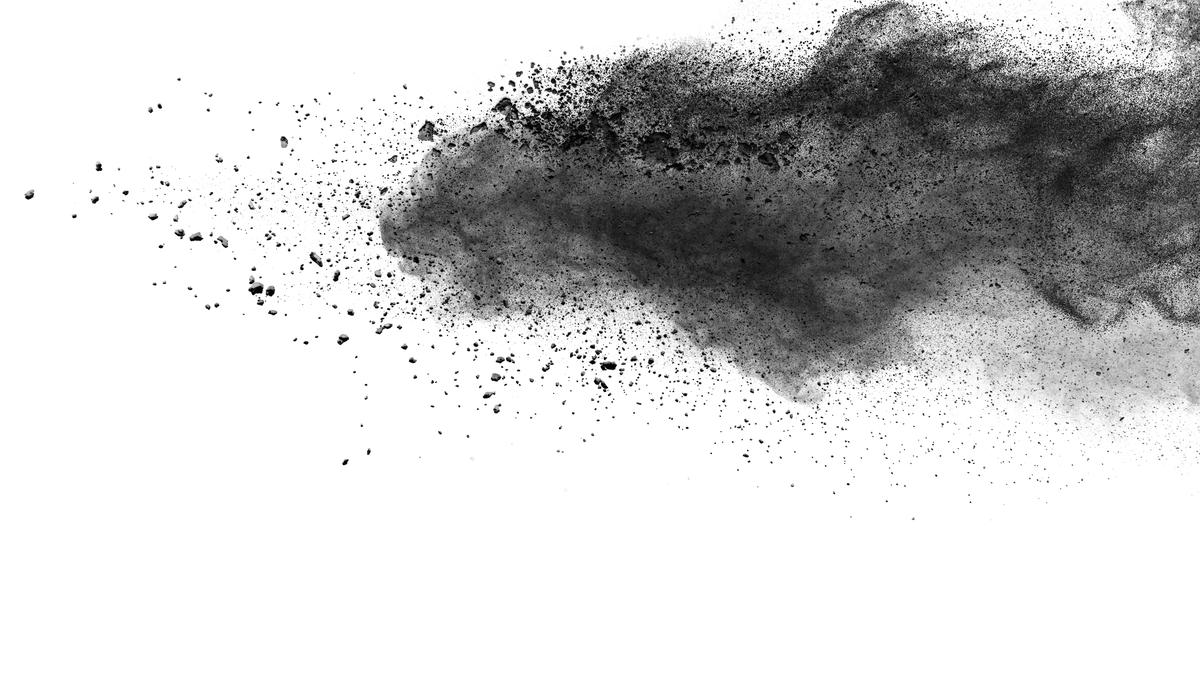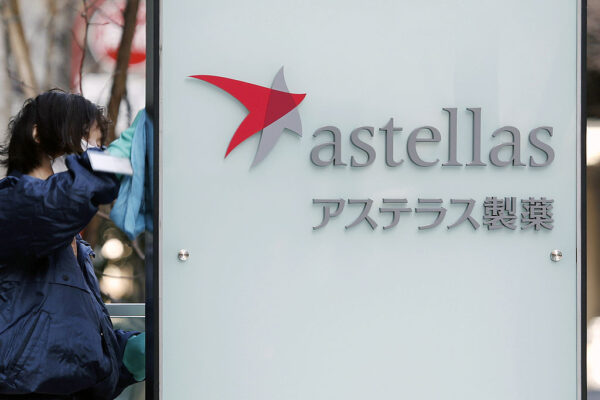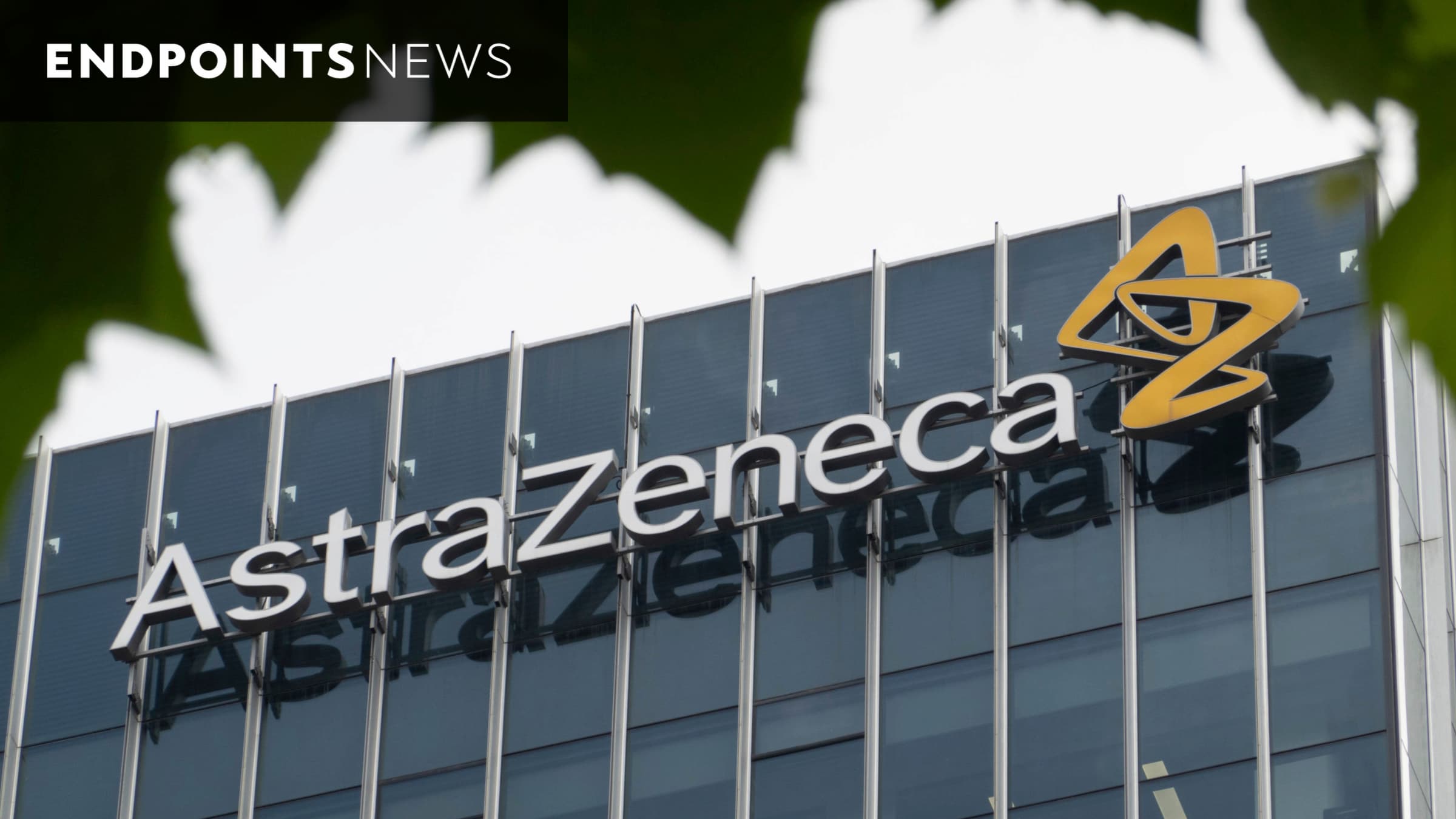Are Managed Print Services a Prescription for Healthcare Efficiency?
The following is a guest article by Jeff Wilson, Vice President at Flex Technology Group Healthcare is one of the most document-intensive industries, meaning an organization’s print infrastructure’s speed, efficiency, and security can significantly impact daily operations. The need to move quickly is part of those daily operations, so employees need to be equipped with […]

The following is a guest article by Jeff Wilson, Vice President at Flex Technology Group
Healthcare is one of the most document-intensive industries, meaning an organization’s print infrastructure’s speed, efficiency, and security can significantly impact daily operations. The need to move quickly is part of those daily operations, so employees need to be equipped with the tools and resources necessary to perform their roles effectively. To meet this need, finding a way to streamline and automate document processes is a necessity. Many organizations have turned to managed print services (MPS) as a possible cost-effective solution.
Analyst firm Gartner defines MPS as external services that optimize or manage a company’s document output. In healthcare, where IT and frontline staff are often already stretched thin, offloading print management tasks to a dedicated provider can be a welcome relief. More than just outsourcing, MPS makes it easier for organizations to embrace digital transformation through technology that integrates with existing systems and delivers a data-driven approach to print efficiency.
Making an Informed Decision
Undoubtedly, MPS offers numerous benefits, such as more streamlined workflows, reduced downtime and enhanced security. However, to make an informed decision as to whether it is right for your healthcare environment, there are considerations that require weighing the advantages against any potential drawbacks.
Security First
Beyond financial considerations, print security remains an ongoing concern for every healthcare organization, especially with HIPAA regulations demanding airtight document and device oversight. The ability to provide advanced security features is part of an MPS implementation. Help with integrating features, such as user authentication, data encryption, and secure print release, will protect sensitive information and ensure compliance with regulations.
Current Printing Costs and Volume
Start with cost and consider whether your print environment is doing all it can to ensure potential cost savings. High-volume printing may justify the need for MPS due to cost efficiencies. Calculating all expenses related to printing, including hardware, supplies (ink, toner, paper), maintenance, and staff time, will give intel as to what you are spending over a defined period.
IT and Administrative Costs
Determine how much time your IT staff spends managing printers, troubleshooting issues, and maintaining print infrastructure to ensure all printers are continuously operational. This should include the time and effort spent ordering supplies, managing printer fleets, and dealing with downtime. MPS providers help automate supply management, saving precious time by providing quick support for everything from toner replacements to complex repairs, ensuring printers are always operational.
Scalability and Flexibility
Can your current print infrastructure scale with changing needs and adapt to changing requirements without requiring significant capital investment from your organization? MPS providers offer flexible solutions that adjust easily to organizational requirements, ensuring you never pay for more than you need, but can adapt to requirements as they change with data-driven efficiency improvements.
Environmental Considerations
Optimizing printer usage and reducing waste can reduce your environmental footprint and help meet sustainability goals. Additionally, MPS can integrate eco-friendly solutions, such as energy-efficient devices, recycling programs, and strategies for reducing paper usage.
On the flip side, while implementing a managed print services approach has benefits, companies often have valid concerns:
Loss of Control
By outsourcing print management to an MPS provider, the concern may arise that your organization is losing some control over your print infrastructure related to service quality and responsiveness. It’s essential to thoroughly vet potential providers to ensure they have a strong track record of reliability and customer satisfaction.
Potential Security Risks
Outsourcing print services to a third party also raises security concerns, especially in an environment with a plethora of sensitive and confidential information. Ensuring that any third party working with your organization adheres to strict security protocols is non-negotiable.
Compatibility Issues
Not all printers and print environments are compatible with every MPS provider’s solution. If your environment has a diverse array of printer manufacturers and models, you don’t want to encounter compatibility issues that can complicate the implementation of an effective MPS program. For example, for organizations that use EPIC software, it is important to ensure the MPS provider you select can integrate with it, as well as with your existing hardware, to avoid additional costs or disruptions.
Change Management
Introducing MPS into an organization can involve changing established workflows and processes. Employees may need to adapt to new printing procedures, which can lead to resistance or a learning curve.
An Investment that Pays Dividends
With healthcare margins under pressure, operational efficiency is no longer optional. According to McKinsey, projected growth for healthcare providers has dropped from 7% CAGR (2021–2025) to just 3% (2021–2026), citing inflation and labor shortages as significant factors. Their recommendation is to focus on increasing labor productivity and accelerating technology adoption.
While implementing a more streamlined approach to your print processes reduces expenses, the benefits of MPS must be weighed against concerns about engaging a third party that doesn’t fully understand your needs. For any healthcare organization, the decision to implement MPS should be made with a thorough assessment of your print environment to understand its effect on your budget and your time. If you find you are spending more time than is productive on printing processes and incurring unnecessary costs, then it is time to consider a print management solution that fits the unique needs of your organization. Engaging in a managed print strategy with the right solutions provider can be an investment that becomes more integrated over time with benefits that continue to grow.
 About Jeff Wilson
About Jeff Wilson
Jeff Wilson is Vice President at Flex Technology Group. As a print management expert, he works with both multi-location national health systems and regional healthcare providers to optimize and improve their document processes.






















































































































































